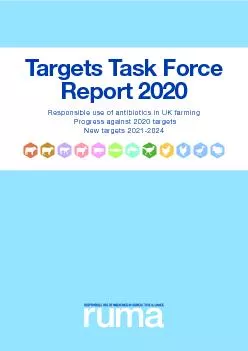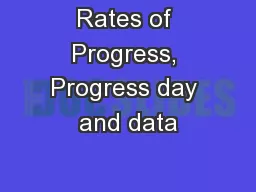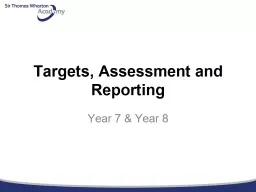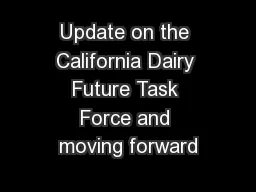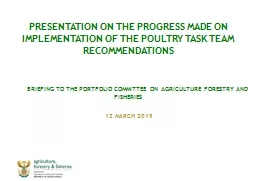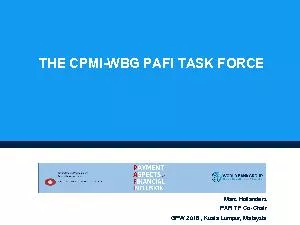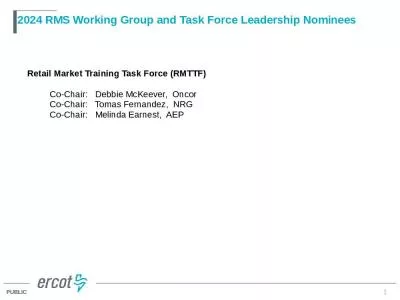PDF-Targets Task Force Progress against 2020 targets New targets 20212024
Author : arya | Published Date : 2021-06-30
2 Foreword The reductions in antibiotic use that have been achieved by the UK livestock sectors over the last 31ve years has been a great success story and the creation
Presentation Embed Code
Download Presentation
Download Presentation The PPT/PDF document "Targets Task Force Progress against 2020..." is the property of its rightful owner. Permission is granted to download and print the materials on this website for personal, non-commercial use only, and to display it on your personal computer provided you do not modify the materials and that you retain all copyright notices contained in the materials. By downloading content from our website, you accept the terms of this agreement.
Targets Task Force Progress against 2020 targets New targets 20212024: Transcript
Download Rules Of Document
"Targets Task Force Progress against 2020 targets New targets 20212024"The content belongs to its owner. You may download and print it for personal use, without modification, and keep all copyright notices. By downloading, you agree to these terms.
Related Documents

